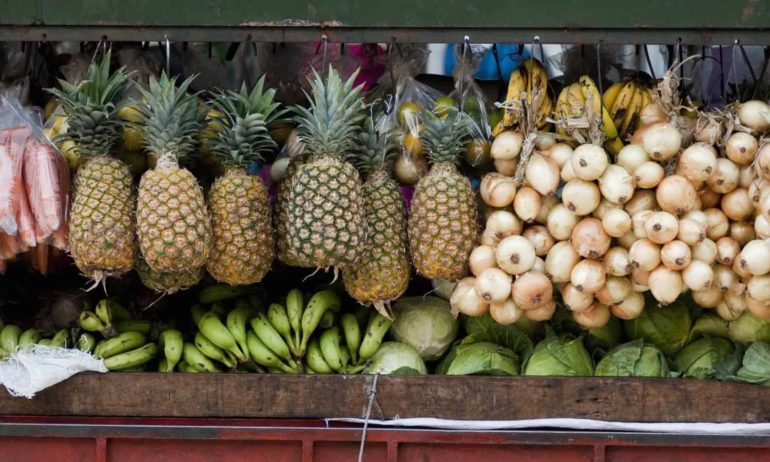According to a 2015 report from the World Food Programme (WFP), climate change presents risks to the whole food system, from production, through distribution to consumption. Since the U.S. produces 40 percent of the world’s corn, production shocks in the U.S. impact global prices. The U.N. Environment Programme (UNEP) reinforces that climate change is happening, yet uncertainties remain over the direction and magnitude of some changes. It is only a matter of time before food prices are discernibly affected. This impact could be a hardship for consumers.
According to Dr. Brian Gould, a professor in the Agricultural and Applied Economics Department at the University of Wisconsin—Madison, “It is hard to say how climate change will affect food prices. In the short term, weather patterns will impact supply. Long term, it really depends on the extent of the changes.However, increased drought risk will affect the stability and prices of food.”
A National Climate Assessment by the U.S. government agrees that it is hard to forecast developments on supply chains, but more incidents of extreme heat, severe drought, and heavy rains will affect foodproduction and prices. An article released by Columbia University concluded that future drought conditions in the Western U.S. are likely to add significant stress on both natural ecosystems and agriculture. Additionally, the WFP stated that an increase in population combined with climate change means that food prices will rise significantly.
Data from the U.S. Department of Agriculture (USDA) shows that consumer spending on already prepared food outside of the house, proportional to income, has increased to more than 50 percent as a share of total food expenditure. In 1929, that portion constituted only 13.4 percent of the average U.S. household’s food budget. According to the USDA, this separation can be partly attributed to an increase in food service establishments, busier lifestyles, and more dual income households.

Regarding how U.S. consumers will be affected by climate change, Gould said, “There is going to be a reallocation of household budgets. We will probably have to, down the road, change our lifestyles to have a more significant portion of our income spent on food. Maybe up to the level that current developing countries have.” In the poorest countries, Stanford University researchers learned that food accounts for 60 percent of household spending—a stark comparison to U.S. consumers.
Gould further stated that “consumers spend less and less on food as a share of their total income. At the same time, consumers are increasing expenditure on food-away-from-home. As food prices go up, something has to give. One way to save money on food costs will be to go back to nonprepared [at home] food. Consumers will need to substitute the value and convenience of food-away-from-home with time spent preparing food at home. This is something that individual households can do.”
On a global scale, the UNEP urges all countries to formulate a strategic response to this mounting issue.













